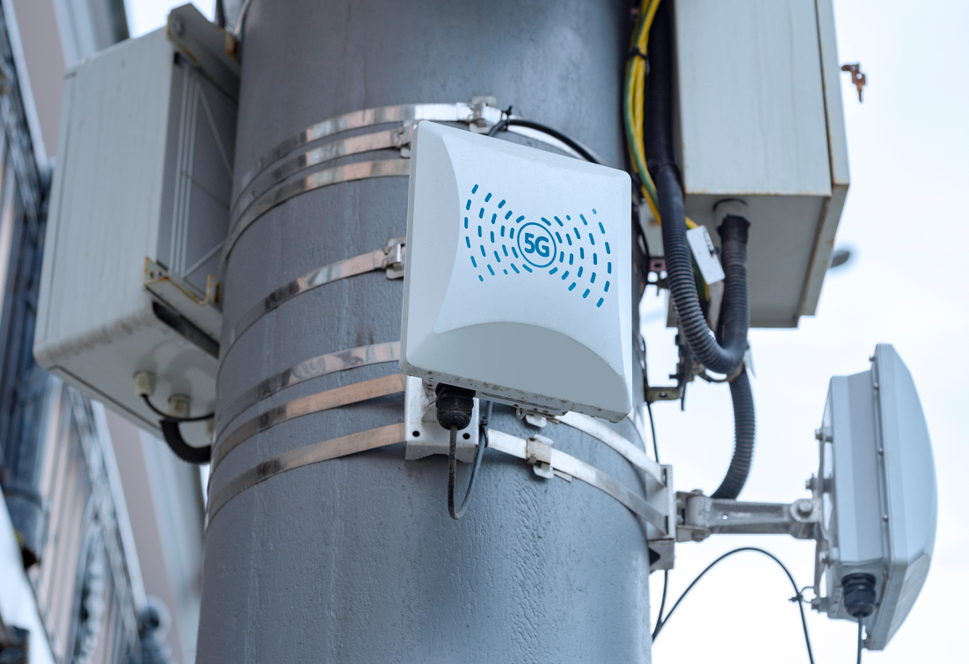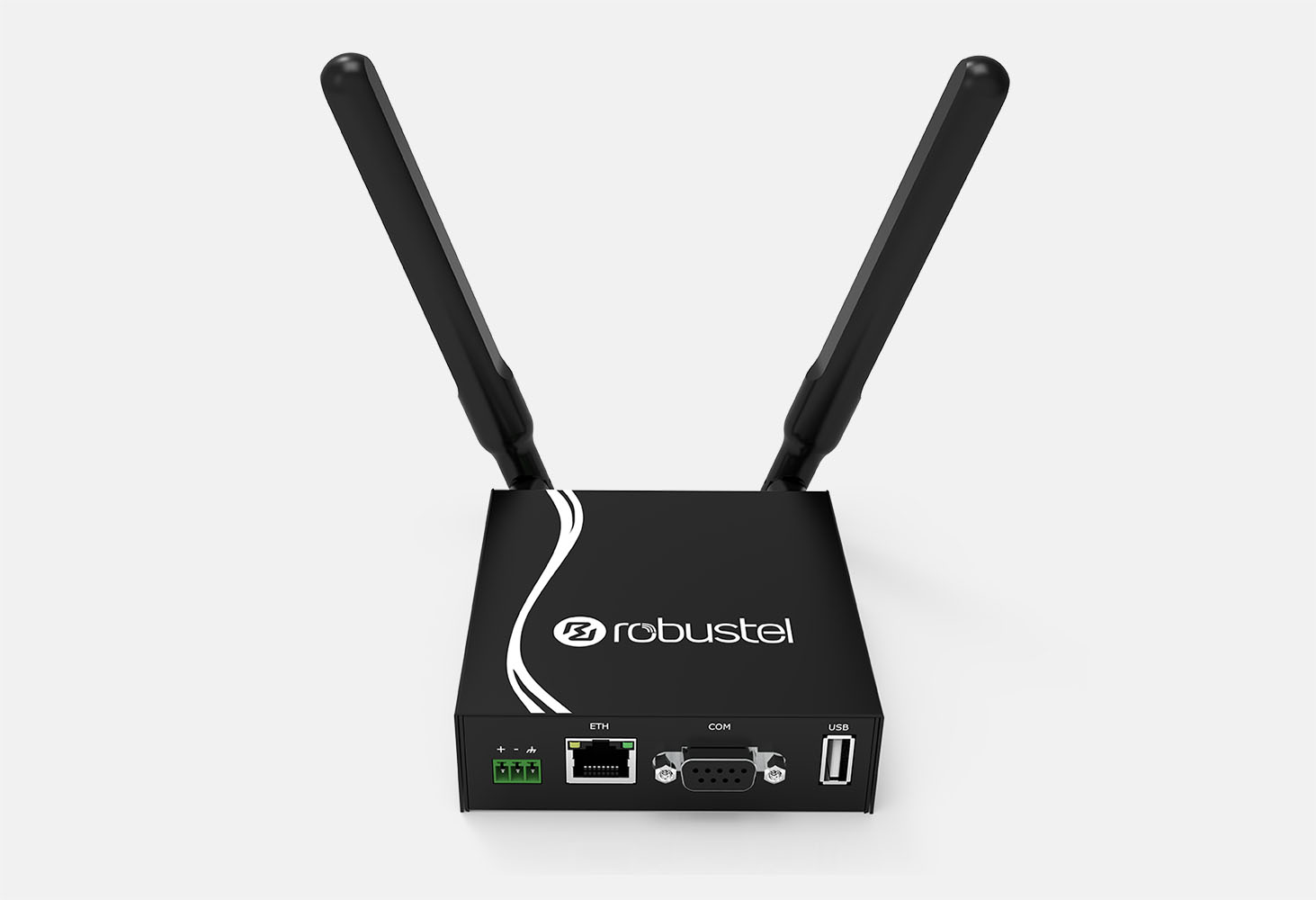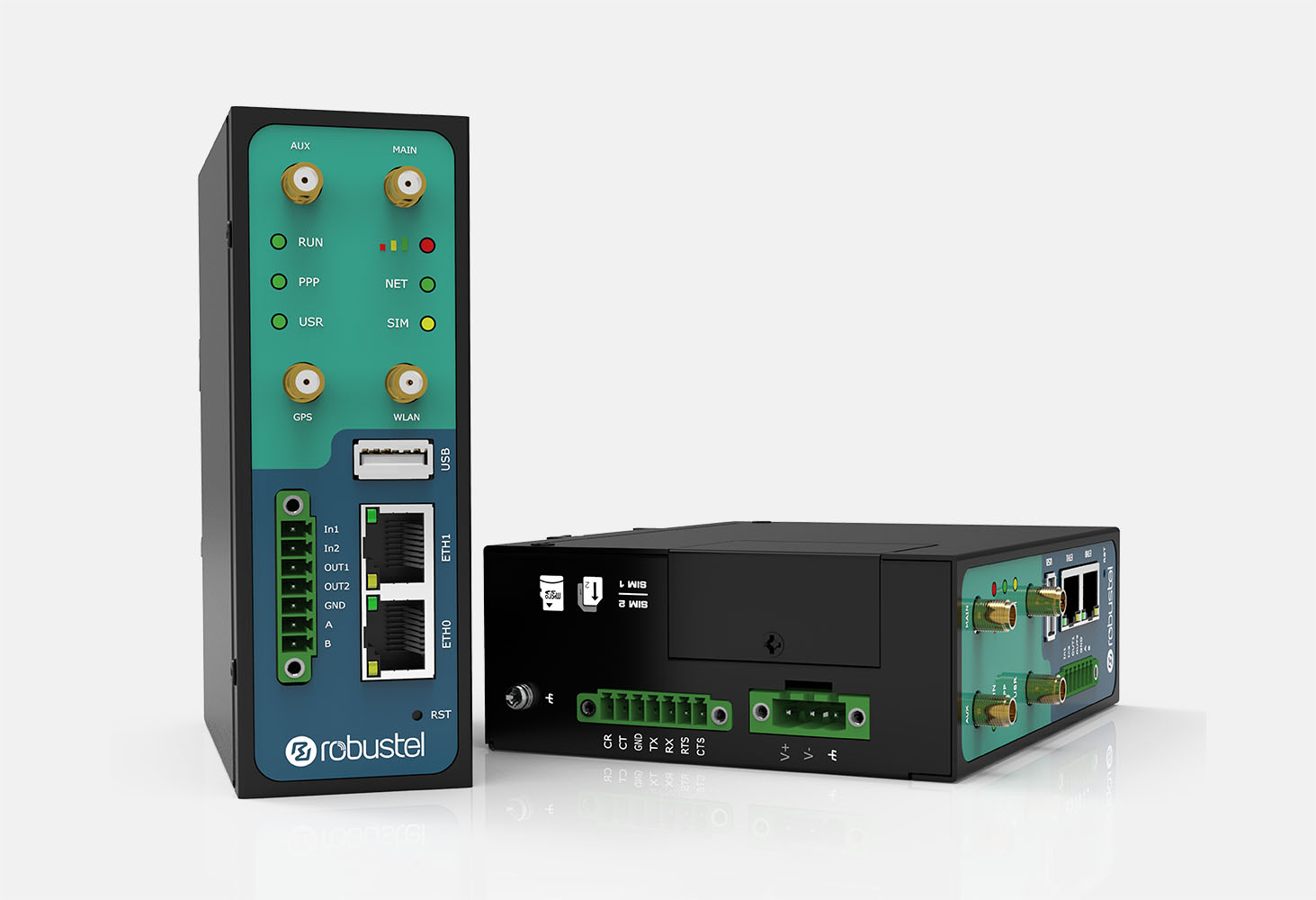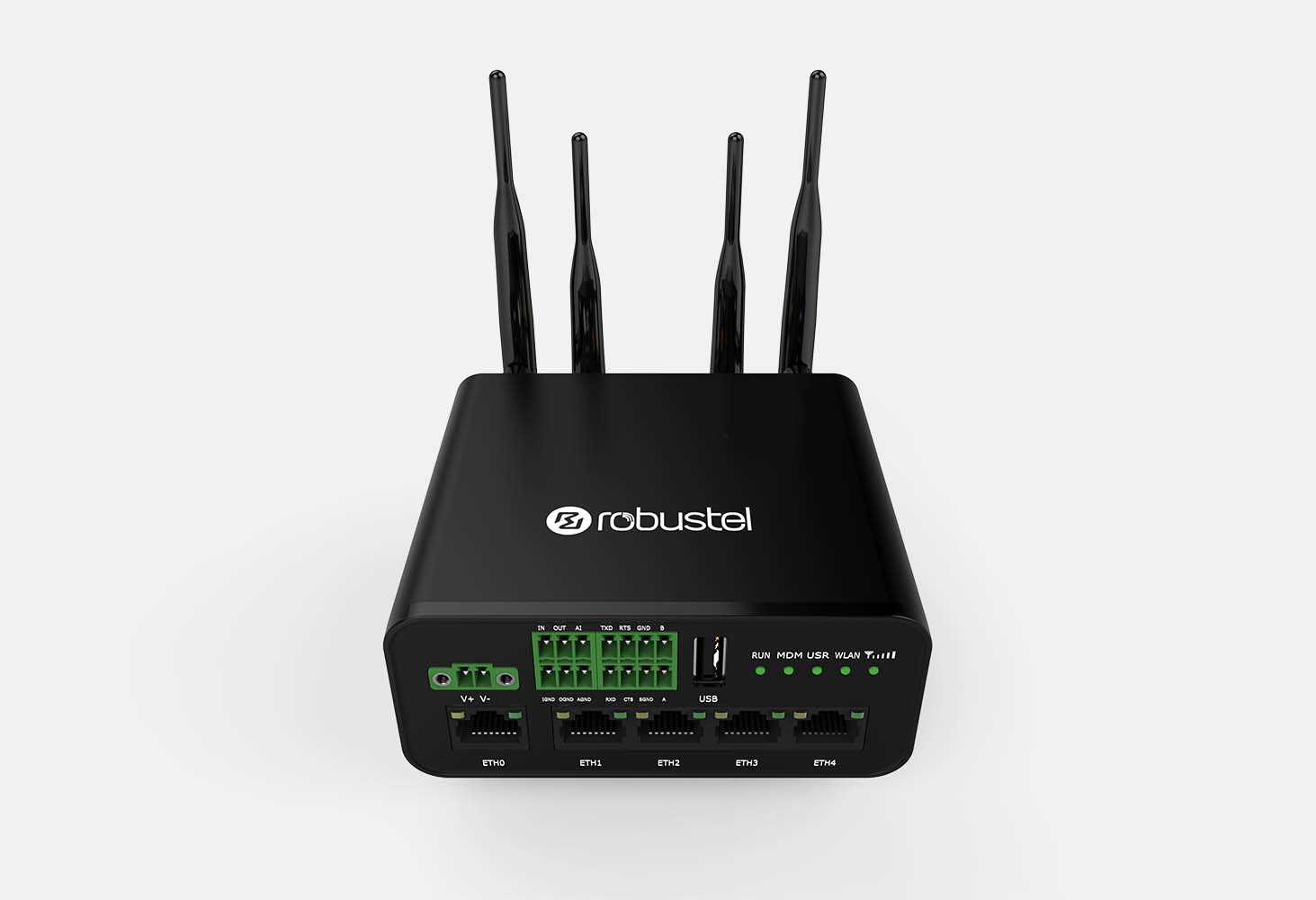There is a lot of hype around 5G transforming technology and for good reason. Promising faster speeds, lower latency and more capacity, 5G is set to change wireless communication. With many 5G deployments already underway, there are questions about 5G use cases and what connected life will look like.
In this blog, we’ll take you through some examples of how 5G can be used, as well as 5G benefits for both industry and consumers.
Leveraging the power of IoT
Before getting into examples of each 5G use case, it’s worth talking about the benefits that have opened up with 5G technology. The main three include:
- Higher speed. The highest achievable speed of 5G is 30Gbps. Compare that to 4G, which can reach highest achievable speeds of 300Mbps.That gives users access to remote applications without any delay.
- Lower Latency. Compared to 4G’s latency of 15-50ms, 5G latency drops to about 1-10ms. That allows controllers or devices to respond in real-time without any delay.
- Higher Capacity. The average 4G network can host 2000 devices per square kilometre. That increases to up to 1 million with 5G, allowing for large-scale applications like smart cities to make use of these connected pathways.
What is 5G used for?
As all previous generations of technology, 5G provides new opportunities for industry, businesses and consumers. Connected devices can be used to gather and share information in real-time, helping to improve anything from road safety to medical care and efficiencies of retail systems. Some industries that are leveraging this technology include:
- Manufacturing
- Healthcare
- Smart cities
- Emergency services
- Energy grid operators
- Retail.
While these industries are different, there are key 5G applications that can be used across the board.
Enhanced mobile broadband.
Enhanced mobile broadband (eMBB) is one of the primary 5G use cases, offering faster data rates and a better user experience than current mobile broadband services. eMBB applications include: UHD video, cloud gaming, real-time simulation and training. 5G also opens up new opportunities that go beyond faster downloads, enabling 360 video streaming and immersive VR and AR applications - all from the user’s mobile.
Improve mission critical communications.
Mission critical communications are designed to be always on, ready for any situation. WIthout them, organisations can face major disruptions, damage to equipment and in emergency situations, a risk to human health. A key application of 5G is its ability to provide a reliable, low-latency connection. This is particularly important for industries like public safety, power grids and governments. 5G offers low-latency, which means these devices can respond in almost real-time.
Facilitating IoT connectivity.
IoT networks are made up of large amounts of devices - from hundreds of sensors on a city road, to a wide network of video surveillance systems. Managing this volume of connectivity is key to implementing IoT solutions. 5G is set to seamlessly connect a number of devices, providing low-cost connectivity solutions that won’t slow down as the network load increases.
5G for the consumer
5G isn’t just for industry, it also has real-world applications for the everyday consumer in their home. Some 5G uses for individuals include:
- Faster downloads. 5G allows consumers to download movies, music and books faster than before - even if they’re on the go.
- Smart home. Smart applications can use a 5G wireless network, providing access for home owners from remote locations.
- Improved viewing experiences. From enhanced sports to new cinematic experiences, 5G takes consumer-viewing to a new level.
- Virtual reality and immersive technology. 5G creates a bridge between the physical and digital, improving consumer-experiences through augmented reality (AR), virtual reality (VR) and mixed reality.
- Gaming. Cloud gaming is set to become the new way of consuming games, allowing people to play any game, on any device as long as they have a reliable connection. 5G will help enable this, while also avoiding lag or drop-outs .
The future of 5G technologies
5G is already rolling out across the world, set to improve networks of almost every industry. While the technology will require an overhaul of communication infrastructure, many argue the transformation 5G offers is worth the obstacles. Whether it's devices sharing information in real-time to enhance security, or a network that energy grid operators can rely on to avoid downtime, 5G provides new opportunities for solutions that will revolutionise our daily lives.
Wanting to read more about how you can prepare? Find out about your network’s transition to 5G here.




